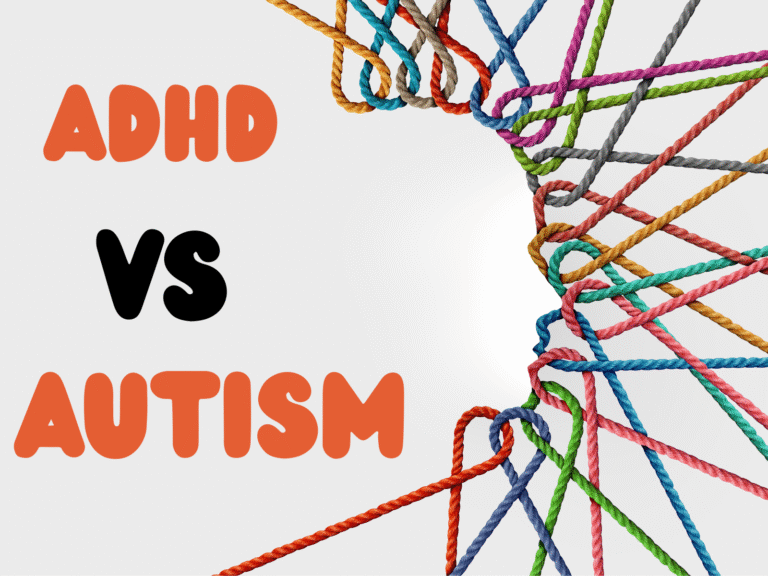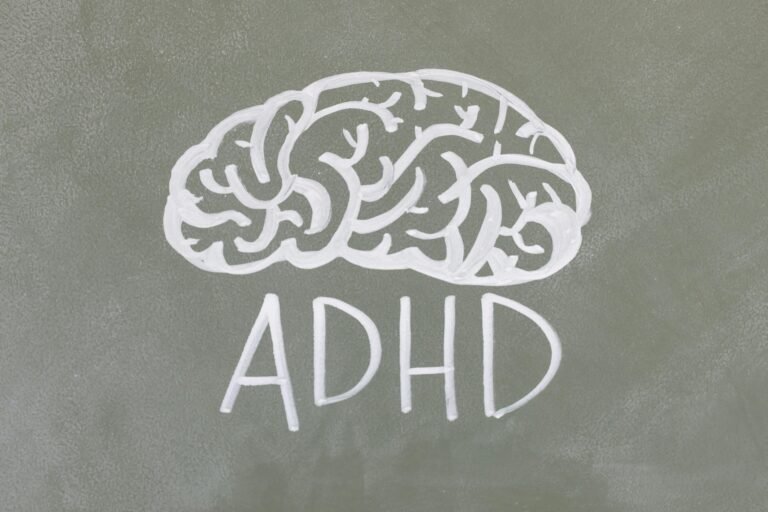Getting fired once is tough. Getting fired again and again? It can mess with your confidence, your mental health, and your entire sense of self.
If you have ADHD and keep losing jobs, you’re not alone. This isn’t a failure of character. It’s a sign that the work world isn’t built for brains like yours — and that it’s time to look at things differently.
Let’s talk honestly about why this happens, how to deal with the emotional fallout, and how to start building a work life that actually fits you.
First, You’re Not Broken
This part is important.
If you keep getting fired, it’s easy to start believing things like:
• I’m not reliable
• I’m always messing up
• I’ll never be successful
• I’m too much or not enough for every job
But those beliefs aren’t the truth. They’re the result of trying to squeeze yourself into a system that was never designed for ADHD brains.
You’re not lazy or unmotivated. You’re likely overworked, under-supported, and completely exhausted from masking your symptoms just to keep up.
Why ADHD Can Make Jobs Harder to Hold
ADHD affects executive function — the part of the brain that manages planning, time management, impulse control, organization, memory, and focus.
In the workplace, this can show up as:
• Being late or missing deadlines
• Forgetting meetings or details
• Struggling to start or finish tasks
• Getting distracted or switching tasks too often
• Saying the “wrong” thing in meetings
• Having emotional reactions that feel hard to control
• Burnout from masking or overcompensating
Most jobs are built around systems and routines that feel like landmines for people with ADHD. And unless your employer understands neurodivergence, you’re often seen as unreliable instead of unsupported.
The Shame Spiral Is Real
Every time you get fired or let go, you might go through:
• Guilt for not doing “better”
• Shame for disappointing people
• Fear of trying again
• Anger at yourself or the system
• Hopelessness about the future
This spiral is heavy. And if you’re already dealing with rejection sensitivity, it can hit even harder.
But you don’t have to stay stuck in that place.
Step One: Grieve and Then Reset
Losing a job — even a job you didn’t love — is a loss. Let yourself feel it.
Cry if you need to. Be mad. Talk to someone who gets it. Write down what you wish had gone differently.
Then, when you’re ready, hit reset.
This is not the end. It’s information.
Step Two: Look for Patterns Without Blame
Go back and think about:
• What part of the job worked well for you
• What started to fall apart
• Where you needed support and didn’t get it
• Which ADHD traits were involved
• What triggered stress or burnout
This isn’t about blaming yourself. It’s about figuring out what you actually need at work so you can make better choices next time — or ask for accommodations that matter.
Step Three: Consider If You Need Accommodations
If you haven’t been diagnosed or disclosed your ADHD, you might be working harder than everyone else just to keep up.
Legal ADHD accommodations can include:
• A modified schedule
• Written instructions
• Noise-reducing tools or headphones
• Extra breaks
• Project check-ins or a time management coach
• A private workspace or flexible deadlines
You don’t have to push through alone. Sometimes one small change can make the difference between thriving and barely surviving.
Step Four: Explore Work That Matches Your Brain
Traditional jobs often reward consistency over creativity, multitasking over focus, and conformity over innovation. That’s why so many people with ADHD burn out.
It might be time to consider:
• Creative work
• Freelancing or remote roles
• Jobs with flexible hours or task-based structure
• Roles with more stimulation and variety
• Supportive workplaces that value neurodiversity
• Building your own thing
You don’t have to keep trying to make every job fit. You can build or find work that fits you instead.
Step Five: Build Routines That Support You
Job or no job, building systems around your ADHD can help prevent repeated burnout. Try:
• Using alarms or visual timers
• Writing everything down in one spot
• Creating task templates and checklists
• Setting up a weekly reset routine
• Using body doubling or coworking spaces
• Taking regular breaks before you crash
You’re not weak for needing structure. You’re just learning how to manage your brain in a sustainable way.
Step Six: Rebuild Your Confidence
ADHD can chip away at your confidence in subtle ways. Losing jobs makes it worse. So now it’s time to consciously rebuild.
• Write a list of things you’re good at — not just work things
• Ask people who love you what your strengths are
• Celebrate every small win
• Remind yourself that effort counts, even if the outcome fell apart
• Look for other ADHD creators, entrepreneurs, or professionals who made their own path
You are not your work history. You are not your mistakes. You are still worthy of a good future.
Step Seven: Know That You’re Not Alone
There are thousands of people with ADHD who have been fired more than once. Let go of the shame. Hold on to your truth. You’re not failing — you’re learning.
This world was not made with ADHD in mind, but it can still be navigated. And in the right setting, with the right support, your brain can thrive.
It is not too late to start over.
And you are not broken for needing to.






